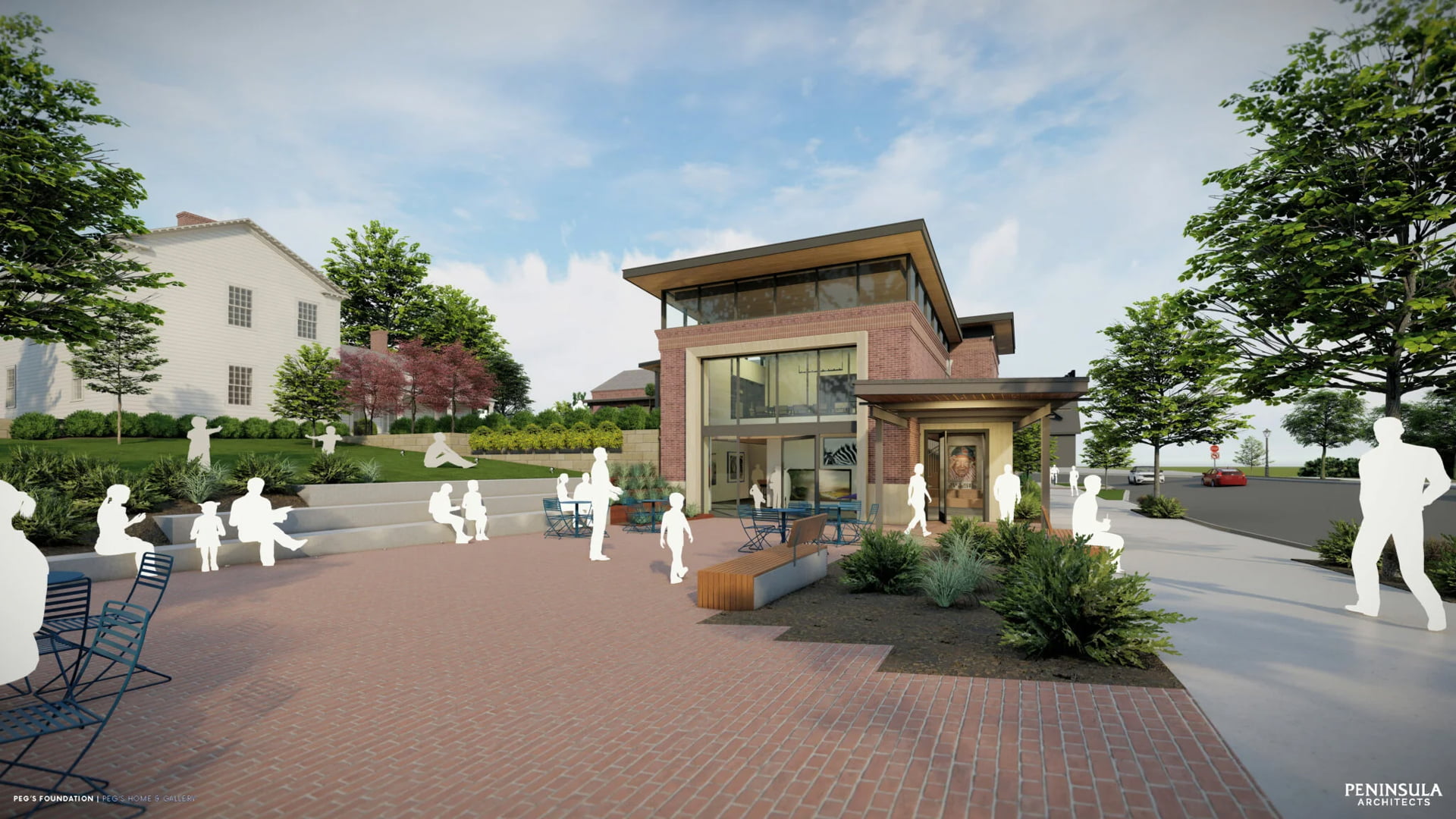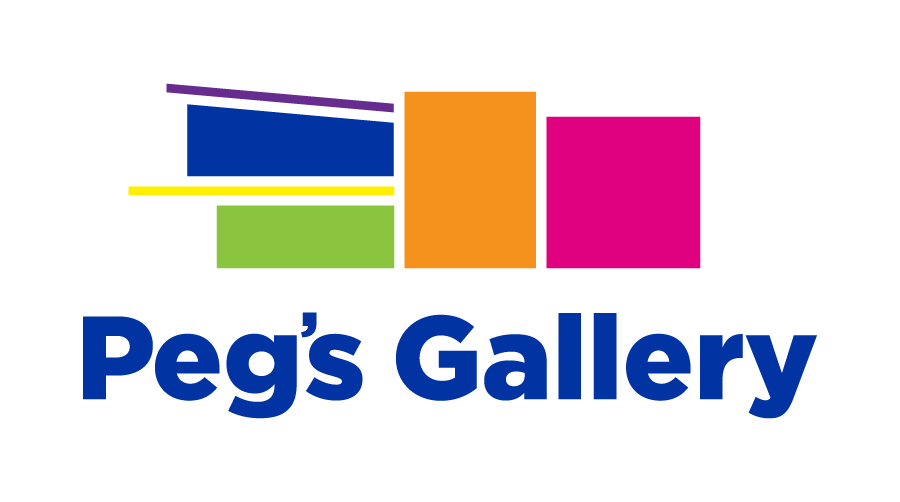
Peg's Gallery

Art for the people and by the people.
That is what Peg’s Gallery is all about.
Peg's Gallery, an initiative of Peg's Foundation, serves as a cultural catalyst that fosters creativity, enriches lives, and strengthens community bonds through art, entertainment, and shared experiences.
In late September 2020, we embarked on our most ambitious project yet - relocating (across the street) to a historic property in Hudson, designed to weave together the past and present of our vibrant community.
Our new home not only honors Peg Morgan’s legacy but also creates a new cultural landmark in Hudson, complete with public greens, the historic Baldwin Buss House, and spaces dedicated to art and legacy. This move represents our commitment to our founder and the cultural heritage of Hudson.
Peg's Gallery is an inviting space for connection, art appreciation and community engagement through:
- Art Exhibitions
- Performing Arts
- Children's Activities
- Educational Workshops
- Lectures
- & More!